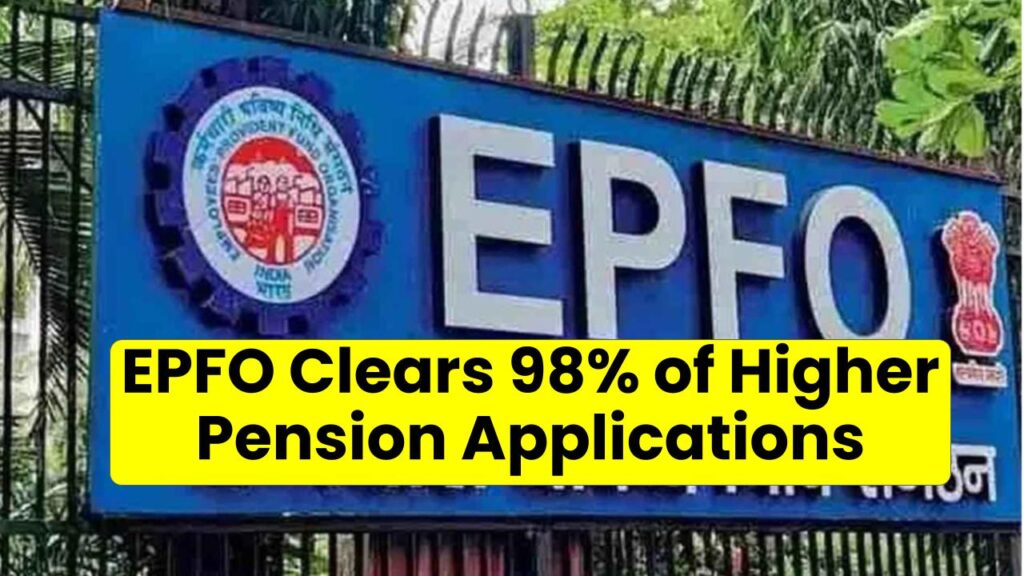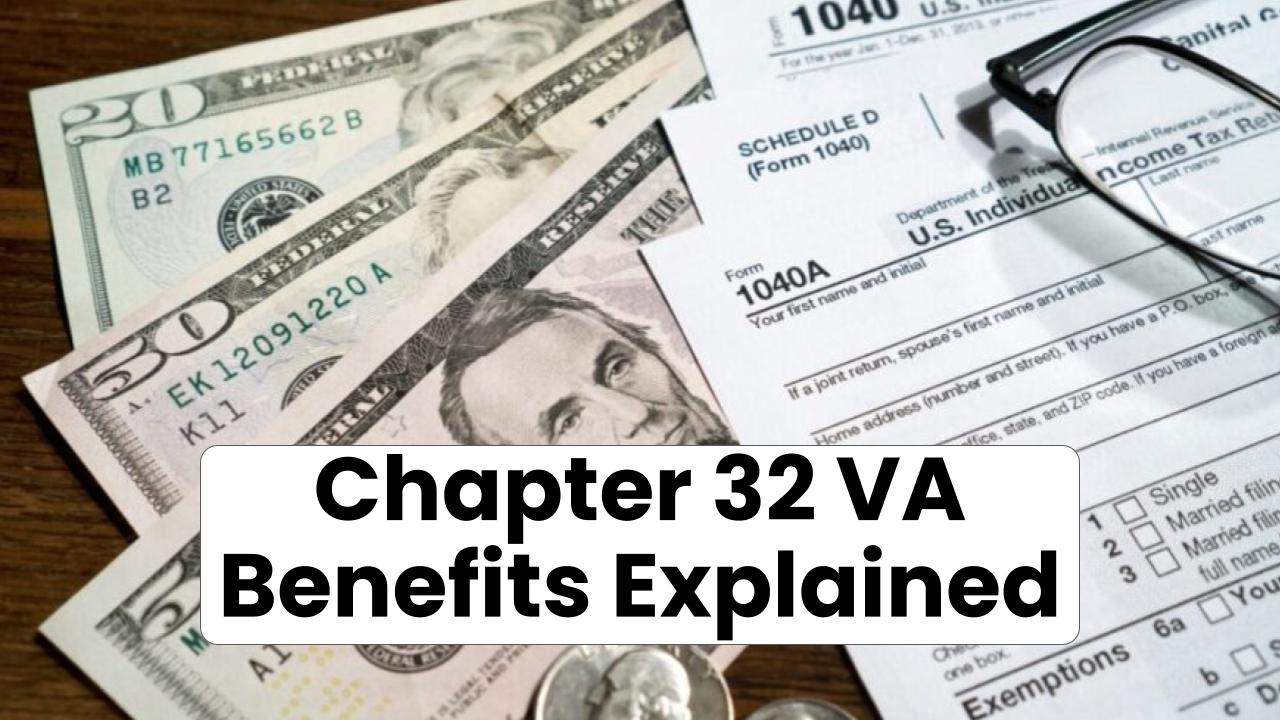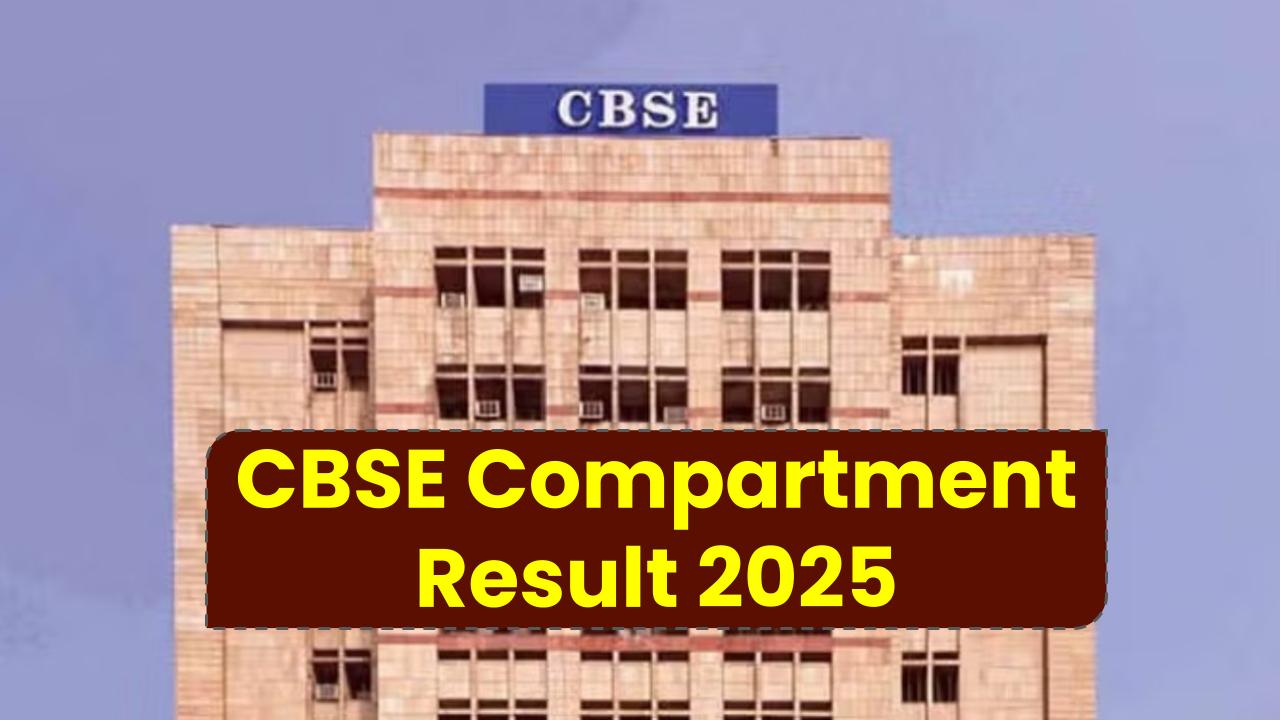If you’ve been keeping tabs on your retirement savings, then here’s some big news that could impact your golden years: EPFO clears 98% of higher pension applications under the Employees’ Pension Scheme (EPS-95). That’s not just a fancy statistic—it’s a turning point for millions of working and retired professionals in India looking to boost their pension payouts. But what does this mean for you? Whether you’re still punching the clock or already retired, let’s break this down in a way that’s easy to understand, with actionable insights, official data, and practical advice.

EPFO Clears 98% of Higher Pension Applications
| Section | Details |
|---|---|
| Applications Processed | 98.5% of ~15.24 lakh applications processed by July 2025 |
| Rejections | Over 11.01 lakh applications rejected, mostly due to technical or document issues |
| Pension on Higher Wages (PoHW) | Scheme to allow pension contributions on actual salary, not capped at Rs. 15,000/month |
| Potential Benefit | Monthly pension may double or triple for eligible applicants |
| Deadline for Application | Final cut-off dates varied; last window closed in early 2025 |
| Official Source | EPFO Official Website |
The fact that EPFO has cleared 98% of higher pension applications is more than a policy update—it’s an opportunity. Whether you’re a salaried professional planning ahead or a retiree wanting your fair share, this moment calls for attention and action. Don’t leave your future income to chance. If your application is still pending or rejected, don’t give up. Use the tools, contact your employer, file grievances, and get what you’ve earned.
What Is the “Pension on Higher Wages” Scheme All About?
Let’s rewind. Back in November 2022, the Supreme Court of India gave the green light to a long-contested issue: allowing eligible employees under the Employees’ Pension Scheme (EPS-95) to opt for higher pensions by contributing based on their actual salary instead of the previous cap of Rs. 15,000/month.
To put it plainly: if you were earning Rs. 50,000 a month but your pension contributions were calculated on just Rs. 15,000, you were losing out on big bucks in retirement. The new scheme lets you pay more now to earn more later.
Who’s Eligible for Higher Pension?
Not everyone gets a piece of this pie. Here’s the lowdown on who qualifies:
- You were a member of EPS-95 before September 1, 2014
- You and your employer were contributing to EPS on actual salary, not just the Rs. 15,000 cap
- You retired after September 1, 2014, or you are still working today
- You submitted the joint option form before the cut-off date
Why Were So Many Applications Rejected?
Out of 15.24 lakh applications, a whopping 11.01 lakh were rejected. That sounds scary, but here’s the scoop:
- Many applications lacked proper documentation
- Some were missing employer verification
- In a few cases, the joint option form wasn’t submitted correctly
- Mismatch in contribution history raised flags for EPFO systems
But there’s a silver lining: EPFO officials have been told to reassess these rejections with more empathy and flexibility.
How to Check Your Application Status (Step-by-Step Guide)
If you applied for a higher pension, here’s how to track your status:
- Go to the EPFO Unified Portal
- Log in using your UAN and password
- Click on “Track Application Status for Pension on Higher Wages”
- Enter your application ID or acknowledgment number
- View your current status: Approved / Rejected / Pending / Demand Letter Issued
If it shows a rejection, don’t panic—you might still have options (see below).
What Happens If You Received a “Demand Letter”?
Roughly 4 lakh applicants received demand letters from EPFO. These letters request additional contributions from employees or their employers to cover the shortfall from years when contributions were made only up to the wage cap.
What You Need To Do:
- Review the letter carefully
- Confirm your contribution period and salary history
- Coordinate with your employer for payment
- Make the payment before the deadline to avoid cancellation
Once paid, you’ll be eligible for a revised Pension Payment Order (PPO).
Practical Example: What Higher Pension Looks Like
Let’s break it down with a real-world example:
Rajesh, a private sector employee, retired in 2021 after 30 years of service. His average salary was Rs. 50,000. Under the regular EPS cap (Rs. 15,000), he was eligible for around Rs. 3,000/month pension.
Under the Higher Pension Option, Rajesh’s contributions are recalculated based on actual salary. Now he qualifies for Rs. 9,500/month. That’s over 3x his previous pension—a massive difference.
Tips for Professionals: Maximize Your Pension Benefits
Here’s how to stay on top of your retirement game:
- Audit your PF passbook for contribution history
- Check with your employer if your PF was calculated on actual salary
- Maintain a record of joint option submission
- Use EPFiGMS to raise grievances if wrongly rejected: EPFiGMS Portal
FAQs
Q1: Can I reapply if my application was rejected?
Yes. You can file a grievance through EPFiGMS or appeal through your employer for reconsideration.
Q2: What if my employer is not cooperating?
You can report the issue to the regional EPFO office. In some cases, EPFO allows verification through alternative methods.
Q3: How long does it take to get the revised PPO?
After completing payments or document corrections, it can take 2-4 months, depending on regional processing speeds.
Q4: Is there a deadline to act on demand letters?
Yes. Most demand letters come with a 30 to 60-day window to comply. Always check your specific letter.








